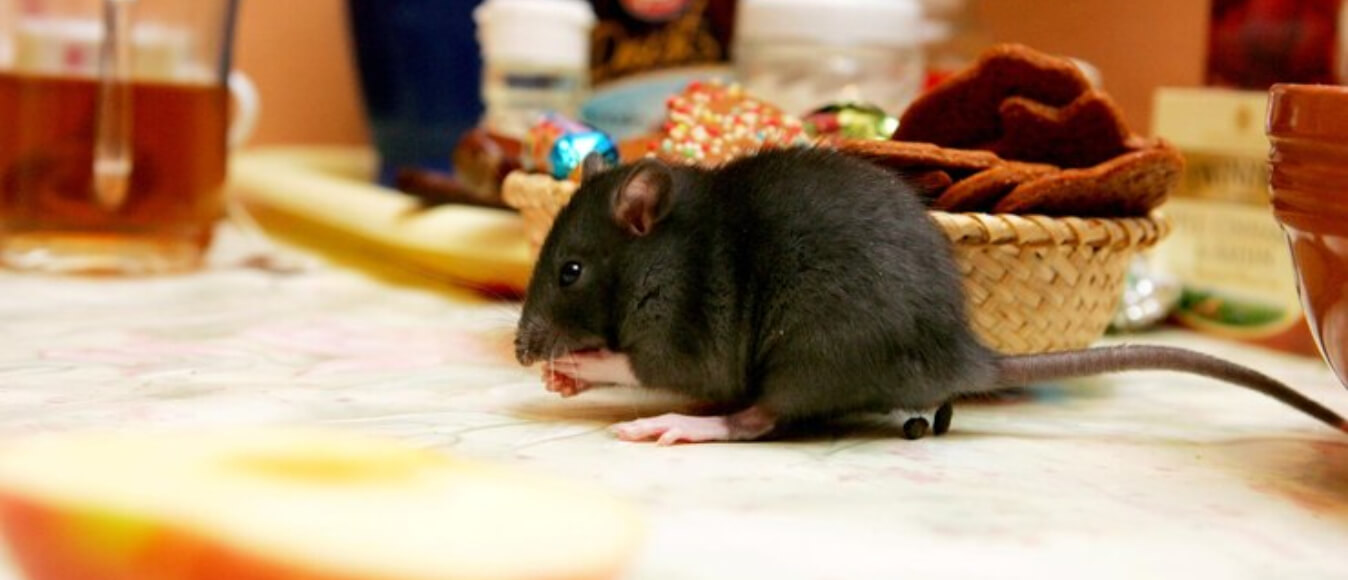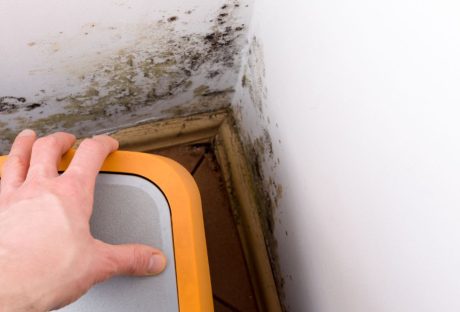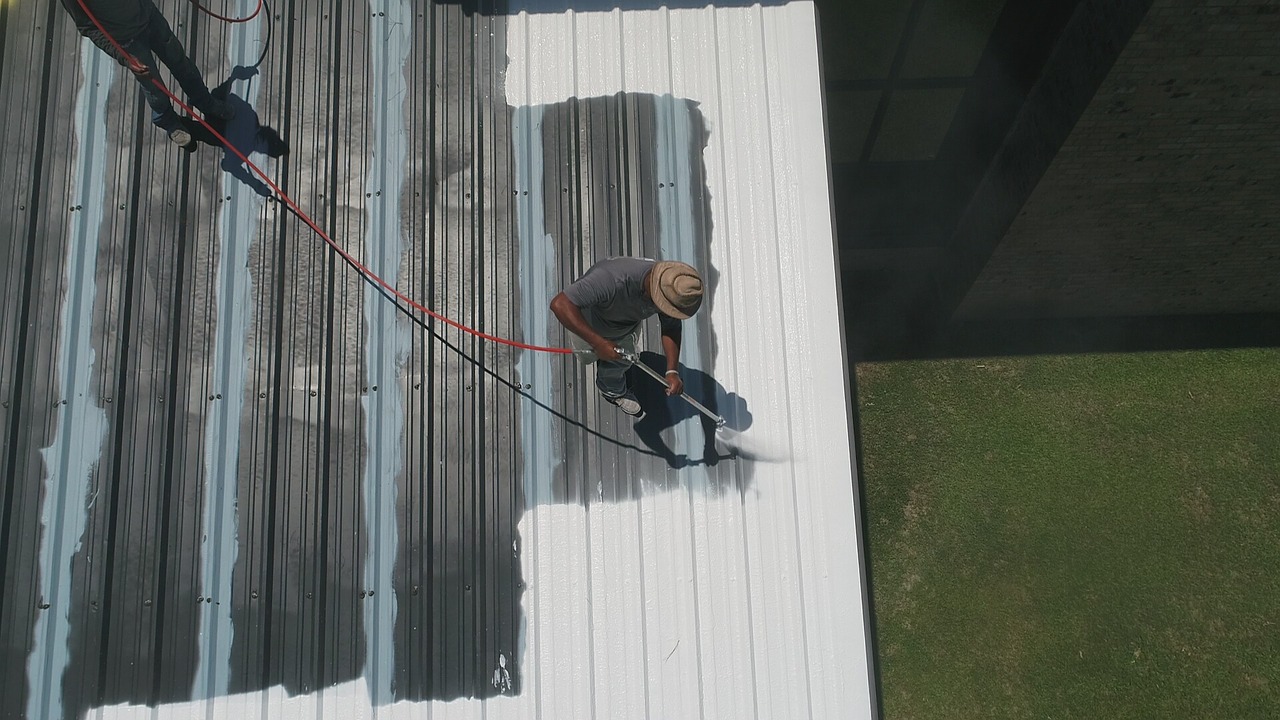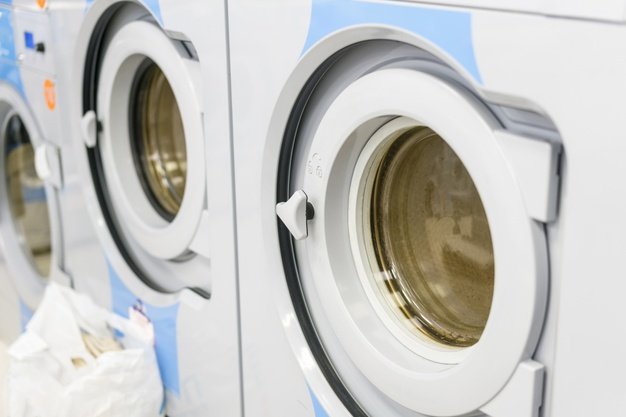The presence of mice and roaches in your home demands urgent attention. They’re nuisances that make living in your space uncomfortable and spread infections. Since they’re capable of reproducing in shorter periods and en masse, their infestations are soon uncontainable if neglected.
Thankfully, there are many pest control methods designed mainly to fix rodents’ and cockroaches’ problems. While those are quite reliable, there are also preventive efforts required of you.
1. Keep Your Apartment Clean
Cleaning up your space is primary to overcoming any pest issue. That’s because most of them are often attracted to floor litter. They find crumbs edible to feed on and stick around afterward in case there are more.
- Avoid stacking up unused papers, old fabrics, and cardboard.
- Vacuum your kitchen floor, especially cabinet and fridge areas.
- Empty leftovers in plastic bags and dispose of them appropriately.
- Use soap to remove oil and grease films on sinks after washing dishes.
- Declutter your entire home until it’s evident that no dirt or grime is inviting for mice and rodents.
2. Watch For Pest Signs
One thing is certain about pests; they often leave trails. If you haven’t been observant, look for these signs once you suspect them around.
For mice, you’ll likely see different gnaw marks on objects and walls. You can also find their nests made from shredded paper, fabrics, strings, hays, etc. Often, their brown pellet-shaped droppings and urine pillars, appearing as small vertical mounds, are easily sighted. While the most confirmatory is seeing them scurry around your place at different hours of the day, but majorly night time.
Likewise, for cockroaches, noticing their activities is significant proof. And aside from their droppings, they produce dark and irregularly-shaped smear stains in moist locations. Their cylindrical egg cases are indications that they’re sprawling in numbers already. While sighting their nymphs and adults validates that fact. Occasionally, they leave their shed brittle-looking skins behind during molting.
While you embark on your home’s inspection, vital places to check are your kitchen, pantry, bathrooms, closet, and dining. Look carefully around your furniture and appliances. These critters frequent your drawers and food packages, so be thorough in these areas. Use a flashlight in dimly lit or dark places to intensify your search in difficult-to-reach corners.
3. Seal Pest Entry Areas
The small sizes of pests make them fit the tiny passages easily. Mice, for example, can nibble their way through your wall, pipeline, hole, etc. However, some basic repairs can seal these openings to deter them from your home. With materials like caulks, copper mesh, stainless steel wool, wire mesh screen, etc., you can get the job done to perfection.
Focus on holes and cracks around plumbing works, vents, kitchen appliances, fireplace, basement, drains, and cabinets. Openings near your door and window frames can be fixed with water-based latex paint. Escutcheon plates are equally excellent sealants around pipes.
4. Use Pest Control Products
Commercial pest products are often the last resort when it seems out of hand. With numerous manufacturers, you have an array of options to choose from. But while you try your hands on some of these products, you must ensure that you follow the user directives.
Glue and snap traps work best for mice, while bait stations, insect dust, and traps are appropriate for roaches.
If you’re unsure how to handle the infestation with these chemicals, reach out to a pest control service near you immediately.
Read Also:






















